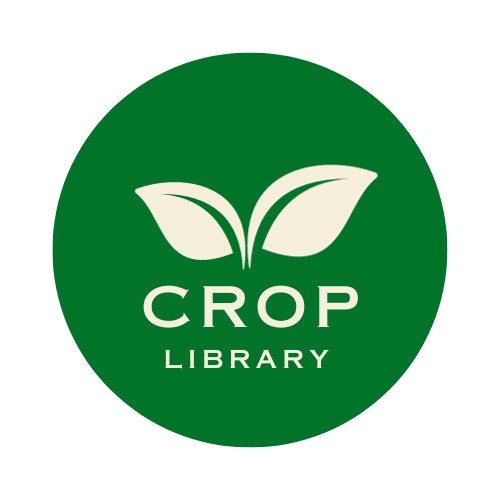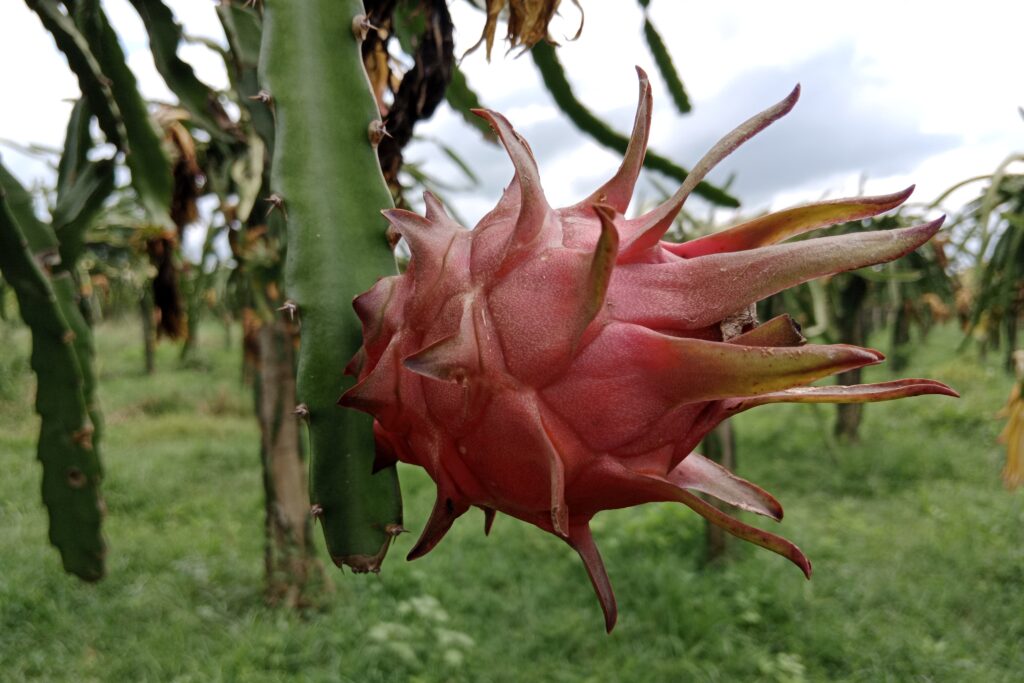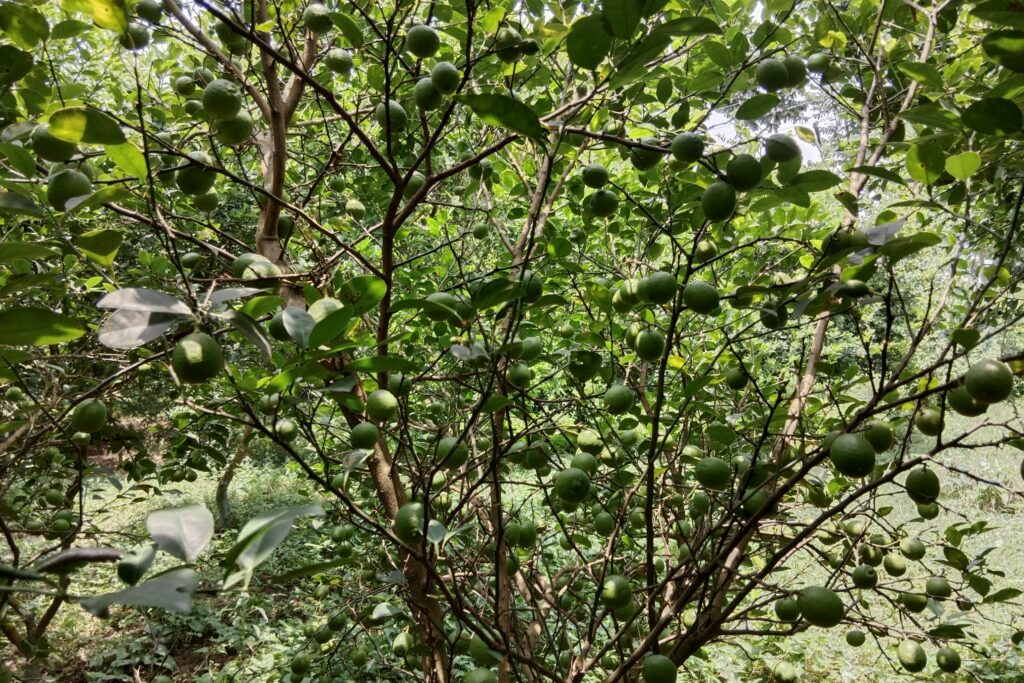Bacterial Diseases in Plants
Phytopathogenic bacteria are microorganisms that infect plants and cause diseases, resulting in considerable agricultural losses and posing a threat to food security. These bacteria are responsible for a bacterial diseases in plants, presenting symptoms such as leaf spots, wilting, galls, and rot. Their economic significance is immense, as they can severely reduce crop yields, lower the quality of agricultural products, and escalate the costs of disease control measures.
For example, fire blight, caused by Erwinia amylovora, can devastate apple and pear orchards, leading to substantial financial losses for farmers. Similarly, bacterial wilt caused by Ralstonia solanacearum impacts numerous crops, including tomatoes, potatoes, and bananas, significantly reducing yields and increasing production costs.
The economic consequences of bacterial diseases in plants extend beyond direct crop losses. Managing infected plants often demands expensive chemical treatments, which may also harm the environment. Furthermore, the spread of these diseases can trigger trade restrictions, with countries imposing quarantine measures to prevent pathogen introduction. These restrictions can amplify financial losses by limiting market access for affected crops.
Composition and Structure of Bacteria
Phytopathogenic bacteria are prokaryotic microorganisms, meaning they lack a true nucleus and other membrane-bound organelles. Despite their structural simplicity, these bacteria possess various specialized features that enable them to survive, reproduce, and interact with their plant hosts effectively.
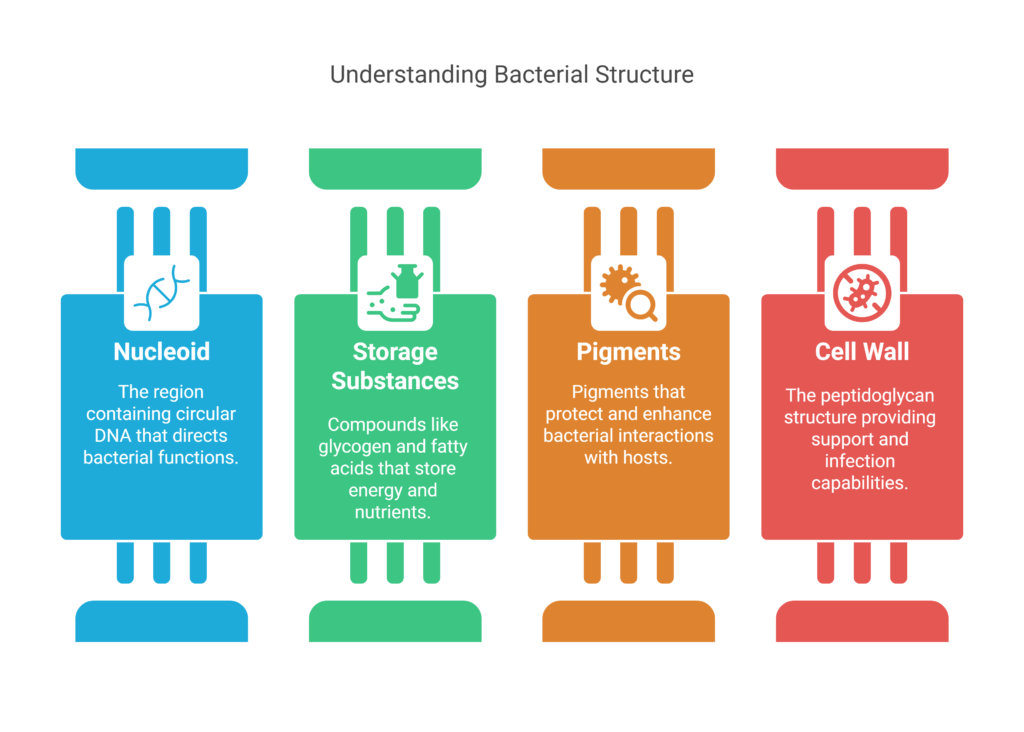
a). Nucleoid
The bacterial DNA is concentrated in a region known as the nucleoid, which is not enclosed by a membrane. This DNA exists in a circular form and contains the genetic instructions necessary for the bacteria’s growth, reproduction, and pathogenicity.
b). Storage Substances
These bacteria store energy and nutrients in the form of specialized substances such as glycogen, fatty acids, and polyphosphates. Glycogen serves as a carbohydrate reserve, fatty acids function as energy storage molecules, and polyphosphates are involved in stress responses and energy metabolism, ensuring bacterial survival under adverse conditions.
c). Pigments
Phytopathogenic bacteria produce a range of pigments, including carotenoids, anthocyanins, and quinoids. These pigments serve various functions, such as shielding the bacteria from oxidative stress, facilitating interactions with host plants, and enhancing their virulence by enabling survival in challenging environments.
d). Cell Wall
The bacterial cell wall, primarily composed of peptidoglycan, is an essential structural component. Peptidoglycan consists of repeating units of N-acetylglucosamine and N-acetylmuramic acid interconnected by peptide bridges. This rigid structure provides the cell with structural support, determines its shape, and protects it from mechanical stress and osmotic pressure. Additionally, the composition of the cell wall plays a pivotal role in the bacteria’s ability to infect and interact with plant hosts, making it a significant focus for developing disease management strategies.
Transmission of Bacteria
Phytopathogenic bacteria can spread from plant to plant through various means, including water, insects, and human activities. Rainwater can translocate bacteria from soil to plants, while irrigation water can carry bacteria from one area to another. Insects act as vectors, transporting and inoculating bacteria through suitable entry points on plants. Additionally, human activities, such as cutting plants or transporting infected plants and seeds, can inadvertently spread bacteria, contributing to the distribution and inoculation of bacterial pathogens in agricultural and natural environments.
a). Wind
Wind is a powerful agent for dispersing fungal spores and lightweight bacterial cells over long distances. Pathogens like rusts, powdery mildews, and bacterial blights can travel far from their source, infecting plants in distant fields.
b). Rain-splashes
Raindrops hitting infected plants or soil dislodge and disperse pathogens, splashing them onto nearby plants. This method is particularly effective for spreading bacteria and fungi that reside on plant surfaces or in the soil.
c). Insects
Insects act as vectors, transferring pathogens as they feed on plants or move between them. They can carry bacteria and fungi on their bodies or in their digestive systems. Insects create entry points for pathogens by causing wounds or feeding damage.
d). Irrigation or Flooding
Contaminated water used for irrigation or flooding can carry pathogens from one area to another. Waterborne pathogens can infect roots, stems, or leaves, leading to widespread disease outbreaks.
e). Contaminated Tools
Tools such as pruning shears, hoes, or tractors can transfer pathogens if not properly sanitized between uses. This is a common way for pathogens to spread within and between fields.
f). Infected Transplants
Planting infected seedlings or transplants introduces pathogens into new areas. This can lead to the establishment of diseases in previously healthy fields.
g). Animals
Animals, including birds, rodents, and livestock, can spread pathogens by moving infected plant material, soil, or seeds. This can introduce pathogens into new regions or fields.
h). Roots
Pathogens can spread through interconnected root systems or root-to-root contact. This allows diseases to move underground, infecting neighboring plants.
Diseases Caused by Bacteria
Depending on the particular pathogen and the host plant, bacterial infections in plants can present with a variety of symptoms. These symptoms, which are frequently unique, can aid in the diagnosis of disease.

a). Agrobacterium
- Crown Gall: Identified by the development of sizable, tumor-like growths (galls) at the plant’s crown or base of the stem. The movement of nutrients and water is impeded by these galls.
- Twig Gall and Cane Gall: These tumorous growths, which frequently cause stunted growth and dieback, occur on twigs and canes.
- Hairy Root: An excessive growth of roots that gives them a hairy look. The introduction of bacterial genes into the plant genome is the cause of this.
b). Clavibacter
- Potato Ring Rot: Causes vascular discoloration and ring-shaped rot in potato tubers, leading to yield loss.
- Tomato Canker and Wilt: Results in wilting, cankers on stems, and eventual plant death.
- Fruit Spot: Small, necrotic spots on fruits, reducing their market value.
- Fasciation: Abnormal flattening and elongation of stems, giving them a ribbon-like appearance.
c). Erwinia
- Blight: Rapid browning and death of plant tissues, often seen in leaves and stems.
- Wilt: Blockage of the vascular system leads to wilting and eventual death of the plant.
- Soft Rot: Breakdown of plant tissues, resulting in a soft, mushy consistency and a foul odor.
d). Pseudomonas
- Leaf Spots: Small, water-soaked lesions that later turn necrotic, often surrounded by a yellow halo.
- Galls: Tumor-like growths on stems and leaves.
- Banana Wilt: Wilting and yellowing of banana plants, leading to plant death.
- Canker: Sunken, necrotic lesions on stems and branches.
e). Xanthomonas
- Leaf Spots: Small, angular, water-soaked spots that may coalesce and cause extensive leaf damage.
- Cutting Rot: Rotting of cuttings, leading to poor establishment and growth.
- Black Venation: Darkening of leaf veins, often leading to leaf death.
- Bulb Rot: Rotting of bulbs, reducing their storage life and market value.
- Citrus Canker: Raised, corky lesions on leaves, stems, and fruits, leading to defoliation and fruit drop.
- Walnut Blight: Dark, sunken lesions on walnut fruits and leaves, reducing yield and quality.
f). Streptomyces
- Potato Scab: Rough, corky lesions on potato tubers, reducing their marketability.
- Soil Rot of Sweet Potato: Lesions and rot on sweet potato roots, leading to yield loss.
g). Rhizobium
- Root Nodules: Formation of nodules on the roots of leguminous plants, which house nitrogen-fixing bacteria.
- Benefit to the Plant: The bacteria in the nodules convert atmospheric nitrogen into a form that the plant can use, enhancing growth and reducing the need for nitrogen fertilizers.
Detection of Bacteria
Accurate and reliable diagnosis of phytopathogenic bacteria is crucial for effective disease management in plants. The following approaches are commonly used:
a). Description of Symptoms
Observing and documenting visible disease symptoms, such as leaf spots, wilting, galls, or discoloration, helps in preliminary identification.
b). Isolation
Pathogens are isolated from infected plant tissues using selective or semi-selective growth media to obtain pure bacterial cultures.
c). Physiological and Biochemical Tests
Identifying bacteria based on their physiological traits, such as pigmentation, and biochemical activities, such as enzyme production or sugar utilization.
d). Serological Tests
Methods like ELISA (Enzyme-Linked Immunosorbent Assay) detect bacterial antigens with high specificity, aiding in pathogen identification.
e). Fluorescence Microscopy
Fluorescent dyes or markers are used to visualize bacteria directly on infected plant tissues.
f). Nucleic Acid Analysis
Advanced molecular techniques like PCR (Polymerase Chain Reaction), RFLP (Restriction Fragment Length Polymorphism), and qRT-PCR (quantitative Reverse Transcription PCR) provide precise identification by detecting bacterial DNA or RNA.
g). Fatty Acid Profiles
Analysis of bacterial fatty acid composition helps distinguish species or strains.
Control of Bacteria
Effective control strategies for managing plant diseases involve a combination of preventive, cultural, biological, and chemical measures. These strategies aim to reduce the introduction, spread, and impact of pathogens, ensuring healthy crop growth and sustainable agricultural practices.
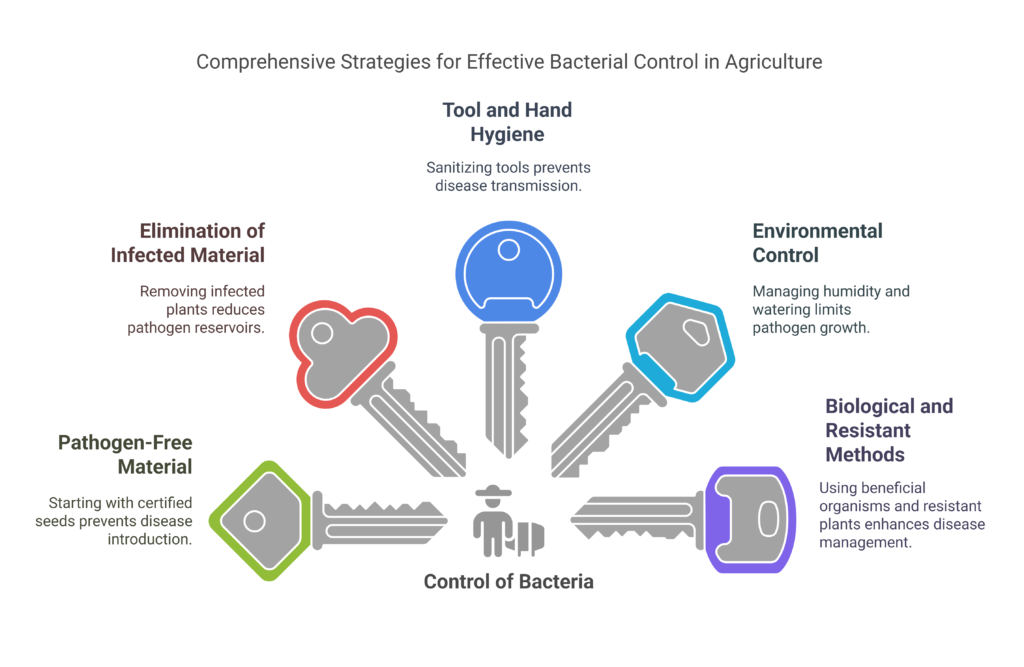
a). Pathogen-Free Plant Material
Beginning with certified, disease-free seeds and plants is a critical step in preventing the introduction of harmful pathogens into your fields or greenhouses. This proactive measure helps ensure a healthy start for your crops, reducing the risk of disease outbreaks and promoting sustainable agricultural practices.
b). Elimination of Infected Plants and Debris
Debris and infected plants serve as pathogen reservoirs, supplying an inoculum source that may result in more infections. You can drastically lower pathogen populations and lower the chance of disease transmission by removing and properly disposing of these things as soon as possible. Preventing recurrent infections and preserving a healthy crop environment depend on this approach.
c). Cleaning Tools and Hands
Tools, equipment, and even hands can inadvertently transport pathogens from infected plants to healthy ones. Regularly sanitizing these items helps minimize the risk of disease transmission, ensuring that harmful bacteria and fungi are not spread throughout your fields or greenhouse. This simple yet effective practice is crucial for maintaining plant health and preventing outbreaks.
d). Avoid High Humidity and Over-Watering
High humidity and excessive moisture provide the perfect environment for pathogens to thrive and spread. By adopting proper irrigation practices, such as avoiding overwatering and ensuring adequate drainage, you can reduce leaf wetness and soil saturation. This helps create less favorable conditions for pathogen growth, ultimately protecting your crops from disease.
e). Soil Disinfection
Crops are at long-term risk from soil-borne diseases because they can survive in the soil for lengthy periods of time. Pathogen populations can be successfully decreased by using soil disinfection techniques as steam treatment, fumigation, or solarization. By reducing the chance of disease and fostering higher crop yields, these techniques contribute to the development of a healthy growing environment.
f). Biological Control
Utilizing the potential of helpful microorganisms, like Bacillus bacteria or Trichoderma fungi, provides a safe and efficient means of managing plant diseases. These beneficial microorganisms function either directly inhibiting the growth of hazardous pathogens or by outcompeting them for resources such as nutrition and space. For example, Bacillus species create antibiotics that target pathogenic bacteria, whereas Trichoderma can invade plant roots and release enzymes that break down the cell walls of fungal infections. You may greatly reduce pathogen populations, improve plant resilience, and promote sustainable farming methods by adding these beneficial organisms to the soil or applying them to plants. This approach promotes a more balanced and healthier agricultural environment while lowering the need for chemical treatments.
g). Antibiotics
For specific bacterial pathogens, such as Erwinia amylovora (the cause of fire blight), antibiotics can be an effective tool for disease management. Antibiotics work by directly targeting and killing bacterial cells or inhibiting their growth, thereby controlling the spread of infection. However, their use is typically limited and carefully regulated to avoid the development of antibiotic resistance and to minimize environmental impact. When applied judiciously, antibiotics can provide a targeted solution to manage severe bacterial outbreaks, helping to protect crops and maintain agricultural productivity.
h). Crop Rotation
Implementing crop rotation is a proven strategy to disrupt the lifecycle of pathogens that depend on specific host plants. By alternating susceptible crops with non-host crops, you can effectively reduce the buildup of pathogen populations in the soil. This practice prevents pathogens from finding their preferred hosts, thereby breaking their reproductive cycle and lowering the risk of disease outbreaks. Crop rotation not only enhances soil health but also promotes sustainable farming by reducing the need for chemical interventions and improving long-term crop productivity.
i). Resistant Plants
Cultivating plant varieties that are genetically resistant to specific pathogens is a highly effective and sustainable approach to disease management. These resistant varieties possess inherent traits that either prevent pathogen infection or limit its spread and colonization. By incorporating such varieties into your farming practices, you can significantly reduce the incidence of disease, minimize crop losses, and decrease reliance on chemical treatments. This strategy not only enhances crop health and yield but also supports environmentally friendly and economically viable agricultural systems.
Conclusion
In summary, phytopathogenic bacteria pose a significant threat to global agriculture, causing diverse diseases that lead to substantial economic losses and challenges to food security. Understanding their structure, modes of transmission, and the diseases they cause is essential for developing effective detection and management strategies. By adopting an integrated approach that combines preventive, cultural, biological, and chemical methods, farmers and agricultural professionals can mitigate the impact of these pathogens, promoting healthy crop growth and sustainable farming practices. Continued research and innovation in phytobacteriology are crucial to addressing these challenges and safeguarding global food security.
